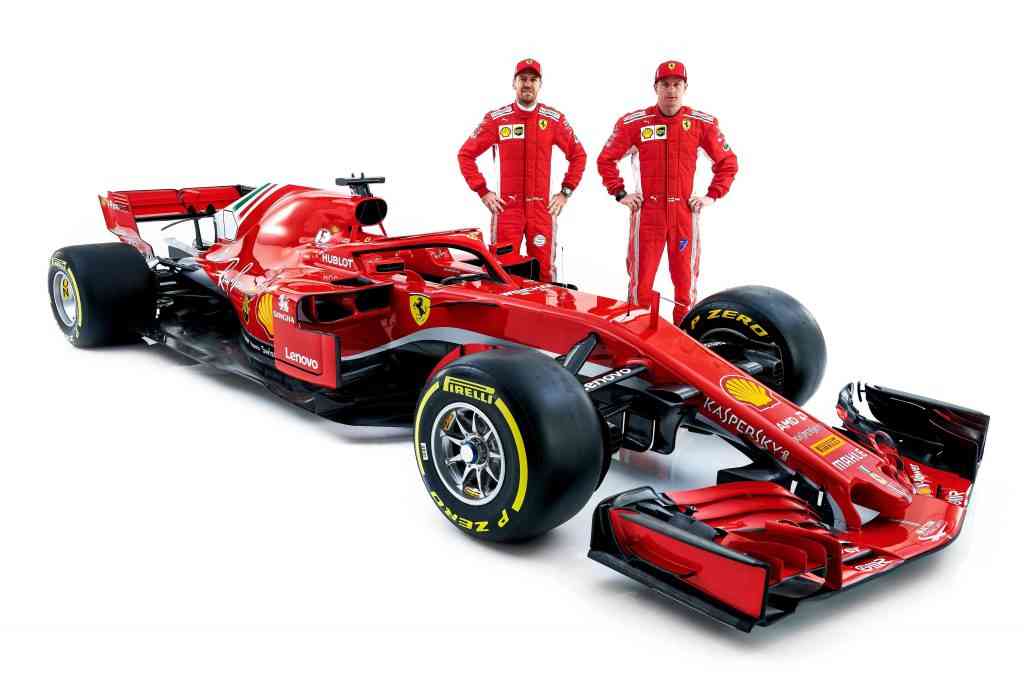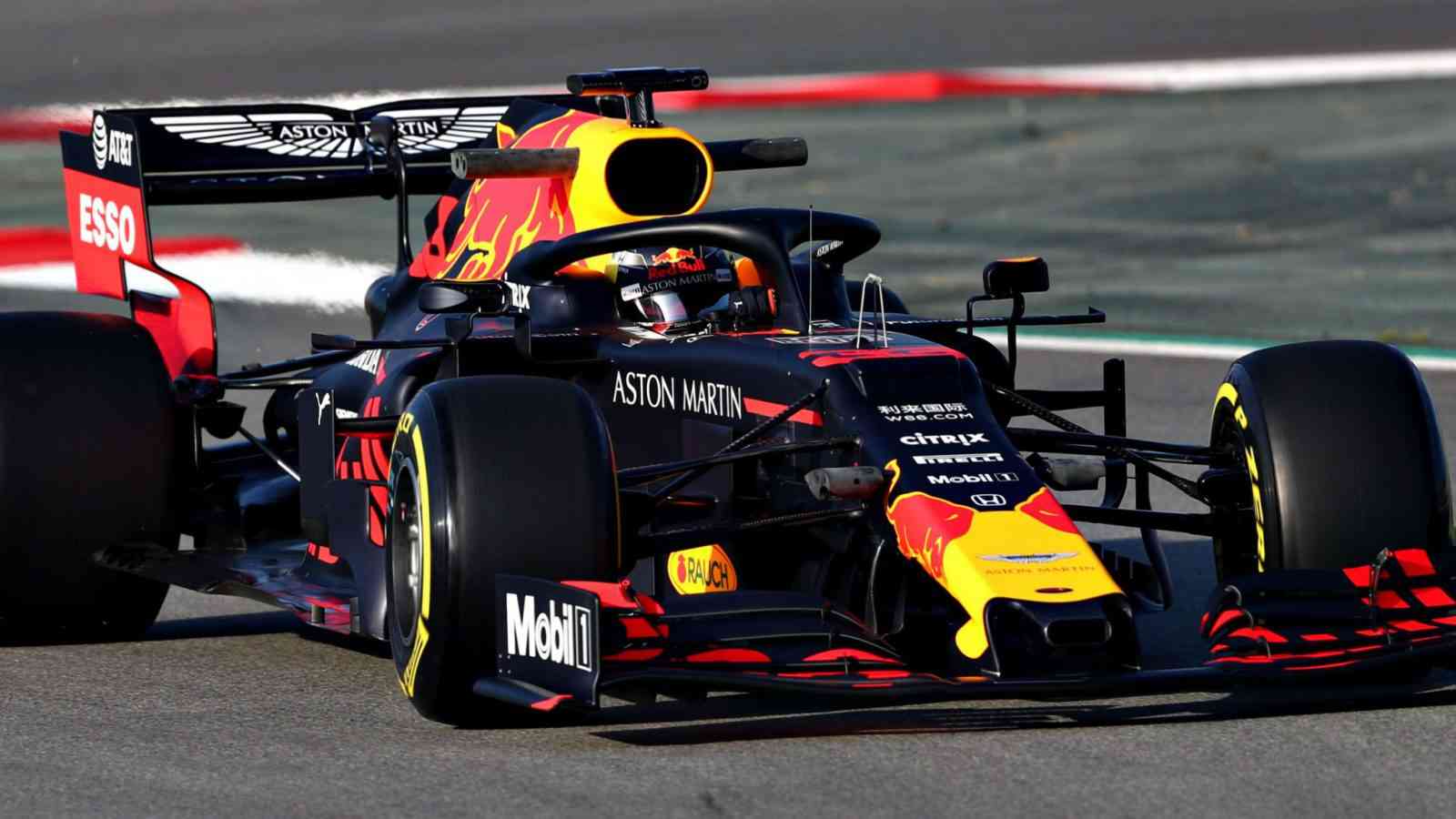Whether Indy or F1, they all are racing cars with one general motive of crossing the finish line and win the race. However, when we want to know the real differences between these two legendary racing cars, we need to dig deeper. There is much more to know about these two brands in terms of the specifications, location, and the way of racing. We bring you Indy car vs. Formula 1 comparison where we are going to talk about all possible aspects.
Contents
Indy Car Vs. Formula 1: Comparing Different Aspects
Generally, these two racing creations are identical for their outer appearance. However, there is a noticeable difference about the length of these racing cars. Formula One racing cars occupy 25 CMs more of the length than Indy cars.
1. The assembly and tracks
Indy cars order their parts from external sources or outside suppliers as they do not manufacture on their own. On the other hand, F1 cars design the parts in their own factories. As the F1 team especially designs all the parts for their cars, the customization makes them spend way more than Indy cars factories.
Taking the Indy car vs. Formula 1 comparison further, there is a difference in tracks too on which the racing events happen for both of these cars.
An Indy car runs on an oval track as well as the streets and that is not the case with F1. As both cars are designed to run on different tracks, it will be unfair to compare their speed, but still, the speed can be compared overall.

Read more:
2. Engine and brakes
The difference between F1 and Indy in terms of the engine is that F1 uses a 1.6-liter V-6 whereas the Indycar comes with a 2.2-liter V-6. As both racing cars feature mind-blowing speed, the brake system is extraordinary too to stop the cars right on time with 100% efficiency.
However, here F1 wins the case as F1 brakes are made of carbon fiber. The fibers are lightweight and more durable than the Indy car brake system that uses steel brakes. Though carbon brakes are allowed on an Indy when the case is 2.5-mile super-speedways; in all other races, it is mandatory for Indy cars to use steel brakes.
Due to the steel brakes, Indy cars experience overall increased weight, and that is a downside about them.
3. Weight and ground effect
Ground effect is restricted in both Indy and Formula One car. However, as the effect can’t be eliminated, there are standard set of rules that make these cars use minimum ground effect or down force.
Though the ground effect rule is same, both cars differ in weight significantly. F1 cars hold 585 kg at a minimum, and the Indy cars come with 1,550 lbs at least. Hence, when it comes to weight, F1 cars are much lighter than Indy cars and that is an advantage when it is about achieving speed.
4. Turbo charging
There is a difference between Indy car and Formula One for turbo charging as well.
Turbo charging allows a vehicle to run more efficiently and with more power by adding up the compressed air into the combustion chamber. This effect is banned in F1 racing; however, Indy cars make use of a moderate turbo charging and the amount can be compared with the turbo charging the F1 cars used to apply in the 80’s.
Knowing more about the technical differences between Indycar vs F1 in this video:
5. Car tires
F1 tires are also bigger than Indy racing cars, which helps F1 drivers create a speed advantage on the straight tracks. Because the features of the corner at the Indy tournament make the tires of these cars grip the race track better. In short, the Indy cars do not focus on the development of vehicle design, but encourages the driver’s ability to drive. Meanwhile, the F1 racing tournament encourages racing teams to continuously innovate to have more advantages, the driver’s efforts are only part of it.
The Racing Structure

Apart from the specifications, there is a clear difference between these two cars on the racing track. It is the length of the overall race time that differs. The shortest race time is assigned to Formula One cars that take only two hours or even less than that.
Generally, F1 races are timed, and regardless of the laps they take, they finish the race in around 2 hours. Indy Car races are timed too, but they take longer than F1 cars. However, the time factor also depends on the weather and track conditions.
The racing starts immediately and so all the drivers take their position beforehand. In an Indy cars racing, the drivers warm up with some laps before the actual race starts. Know the differences between your favorite cars here Car Comparison.
F1-cars racing are not location-oriented, and hence in all these years, they have taken place in various countries. The races have held in countries such as Australia, Mexico, Portugal, and many other countries. Indy Car races have taken place in countries like United States, Japan, Canada, Australia, and Brazil.
Conclusion

Both F1 and Indy cars differ in their specifications, and thus they result in different speeds. However, when putting Indy car vs. Formula 1 together, of course, F1 wins the place. The car is way lighter than Indy, and as all the parts of F1 are manufactured by the team, F1 gives extraordinary results on the race track than Indy cars.
Both cars differ on the team budget as well, and that too, significantly. The F1 team gets a budget of around $500 million whereas the Indy cars team receives only $15 million.



